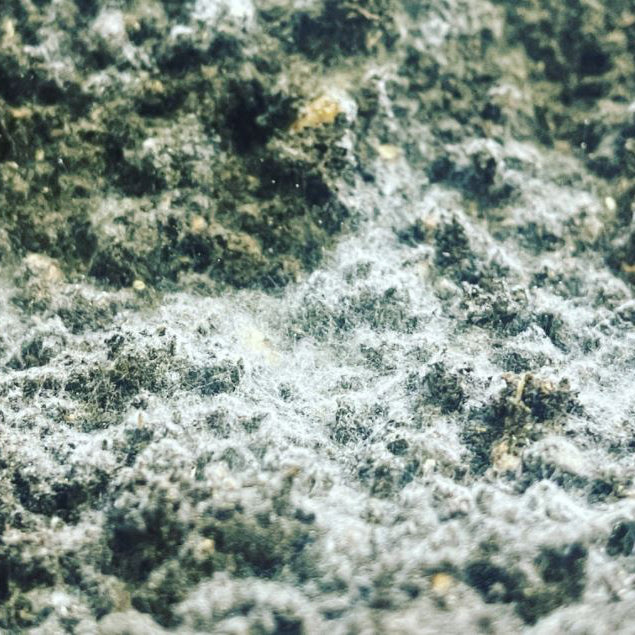Soil recycling
It may be counterintuitive to many growers, but soil recycling is absolutely viable in organic production. Preferable even. Better results are almost always reported after the first soil cycle.
These methods were first developed by Tad Hussey of Kis Organics and have been used successfully in facilities throughout America.
When paying a premium price for living potting soils and considering the ecological damage of a throw away culture and the labour involved with moving soil around, this is a no brainer.
The following information applies to organic living soil mediums, it is not intended for systems that incorporate nutrient salts. Nutrient salt solutions can build up over time and create more problems than benefits in systems such as these. If you are growing like this, I would recommend putting the used soil into your outdoor garden beds, it is still good stuff!
1 Soil test
The best way to recycle your soil is to get a soil test and prescription, there is a 2 week turn around on the results, so plan ahead. The lab we use is Logan Labs, in Ohio. Once you have found a lab stick with it, it will be much easier to compare data and make the relevant adjustments as there are subtle differences in the way soil labs report data.
With a soil test, even more money can be saved on unnecessary inputs and optimal ranges can be targeted, this is also important while running large outdoor beds year on year as your soil is subject to leaching.
2 Replenish Pack
Another option is to amend with our re amendment packs, this will provide enough nutrients to re use your soil again and keep it relatively in balance. Great results can be achieved with this method also.
30-60 grams of our re amendment product to every 5 litres of soil
¾ a cup castings or compost and, ¾ of a cup of pumice or oat husks per 5 litres
Mix these ingredients with your soil as best you can, either through the entire mix, or till through the first 50 percent.
Now you can plant in it straight away, or some prefer to wait 24 hours.
Consider inoculation with a strong compost extract or BEAM inoculum.
3 No till
One final option is to consider “no till” , simply top dress 60-100 grams of replenish per 5 litres of soil with some compost.
You can also use our nutrient packs to build soil from scratch, see blog section.
What are the benefits of recycling soil?
Recycling soil benefits gardening by reducing waste, improving soil quality, promoting sustainability, and reducing environmental impact.
How do I know if my soil is healthy enough to be recycled?
Suitable soil for recycling should have a crumbly texture, good drainage, and a balanced nutrient and organic matter composition with a dark brown or black colour and a fresh earthy smell. A soil test can determine if it is appropriate.


